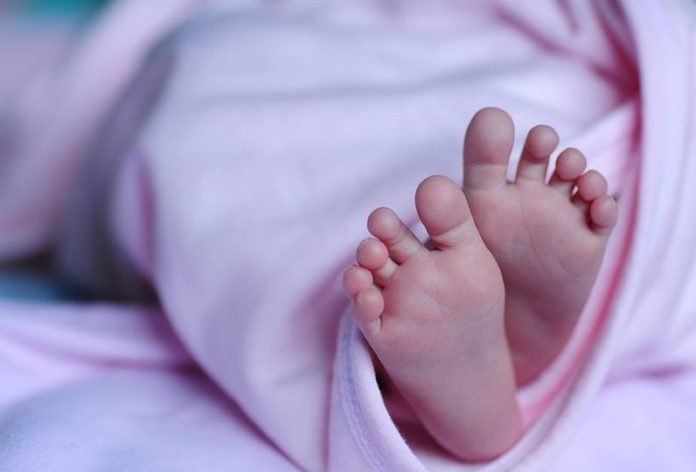New Delhi (NVI): Around 2 lakh children are estimated to be born with Congenital Heart Disease (CHD) every year in India, according to a senior doctor of Sri Sathya Sai Sanjeevani Hospital.
CHD is considered to be a major contributor for infant and child mortality cases. Around 8 to 10 per 1,000 infants are born with CHD globally.
Around 20% of the newborns suffering from critical form CHD require intervention in the first month of their birth, otherwise this disease can prove fatal, says Doctor Prabhatha Rashmi, Pediatric Cardiac Surgery HOD of Sri Sathya Sai Sanjeevani Hospital.
The cause of this heart disease is multi-factorial. Genetic factors play an important role and they can be syndromic or chromosomal. Consanguinity (ancestry) plays a role too. Environmental causes such as maternal infections like rubella, medications mothers’ take during their pregnancy for conditions like epilepsy, maternal diseases like diabetes and advanced age of parents.
Early detection of CHD and timely intervention is of paramount importance to tackle it. CHD can be detected during pregnancy through foetal echo.
A proper systematic clinical examination has a good sensitivity in picking up CHDs in newborns. A detailed cardiac ultrasound (echo) by a trained pediatric cardiologist forms the cornerstone of CHD diagnosis.
Prabhatha Rashmi said, “Various aspects have to be considered if we want to reduce this burden. A comprehensive approach towards maternal and child health care should be embraced. Frontline health workers should be trained to work at grass root levels to aid earlier detection of CHD and refer to tertiary centers for treatment. Certain preventive measures can be adopted such as appropriate pre-conception counselling & fetal echo screening. Screening of all newborns and infants for heart abnormalities, awareness building amongst the general public through social media and amongst physicians and pediatricians, are important steps.”
She also added that the government and charitable organisations should take the lead so that Paediatric Cardiac facilities can be accessed by the lower socioeconomic strata. More philanthropy and corporate social responsibility participation will help reduce this societal burden.








